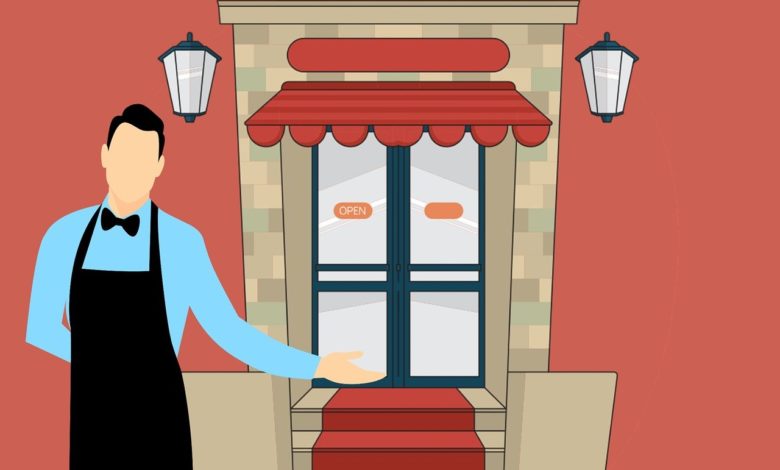
Your customers need to be told how to do business with you. It’s your job to control the experience while offering opportunities for your customers to identify value. As your customer relationships develop, they will take a more active part in the process. For any new prospects, though, they need to be led. If you expect your customers to figure out how to do business with you, you can also expect them to go elsewhere.
Consider a restaurant (we used to go to those, right?). The maître d’ seats you at your table, and one of the first questions the server asks is: “Is this your first time eating here?” When you inevitably do go back to restaurants, pause, and enjoy this moment. This is the lost art of excellent customer experience.
Think about it:
- Has a flight attendant ever asked if it’s the first time you’ve flown?
- How many front desk clerks ask if it’s your first time at their hotel?
- Has anyone at the post office or department of motor vehicles ever asked if it’s your first time?
Real estate agents are usually pretty good at this, and some car salespeople too. It’s always fun to say “Yes, it is my first time” to see where the experience takes you.
Pro tip: Never tell a taxi driver it’s your first time in their city or a cab. This is the exception to the rule.
Otherwise, you can get a clear idea of how the company’s culture or the agent feels about the importance of the customer experience.
During these moments, the server/agent/representative takes complete control of the customer experience and teaches you, the consumer, how to do business with them. They do it with a smile but make no mistake; these are thinly veiled instructions for how things are done. They will often show you a menu (the product catalog), they will discuss payment options (recognizing revenue), and they will discuss terms for taking delivery (distribution). They can also notify you of lead times, “The chocolate lava cake takes 30 minutes,” and of a potential scarcity of certain items, “We do not have the imported IPA on tap tonight.”
It’s a carefully orchestrated and rehearsed experience. The best training comes in the form of helpful and compassionate conversation. The worst comes off as rules and the dreaded policy.
Pro tip: Avoid that word—policy. Nobody cares, and it’s always viewed as something to hide behind when you are unwilling to be flexible. Teach your team members not to use it unless you want to end the relationship with that customer (rare but firing a customer can be necessary).
If you have signage relaying these instructions, it can be helpful, but every employee needs to know the script, and it needs to be continuously reinforced, tweaked, and improved. Longtime customers with whom you have a stable working relationship can also contribute. They might find it fun. It will build trust.
Consider the alternative: A potential customer comes in with a set of pre-determined ideas of how they want to do business with you, and you fail to meet their expectations. That’s a recipe for disaster.
There are plenty of ways to inform and empower your customers without making it sound like a lecture or a punishment. The essence of a phenomenal customer experience comes down to setting expectations with your customers and periodically exceeding them. You do not want to start the relationship by failing to meet minimal expectations and then continuing to do the bare minimum.
The process starts with teaching your customer how to do business with you and being open to the idea of a better way for both of you. Never be afraid to train your customers on how to do business with you. They expect it, and it can be a great point of differentiation from your competition.



